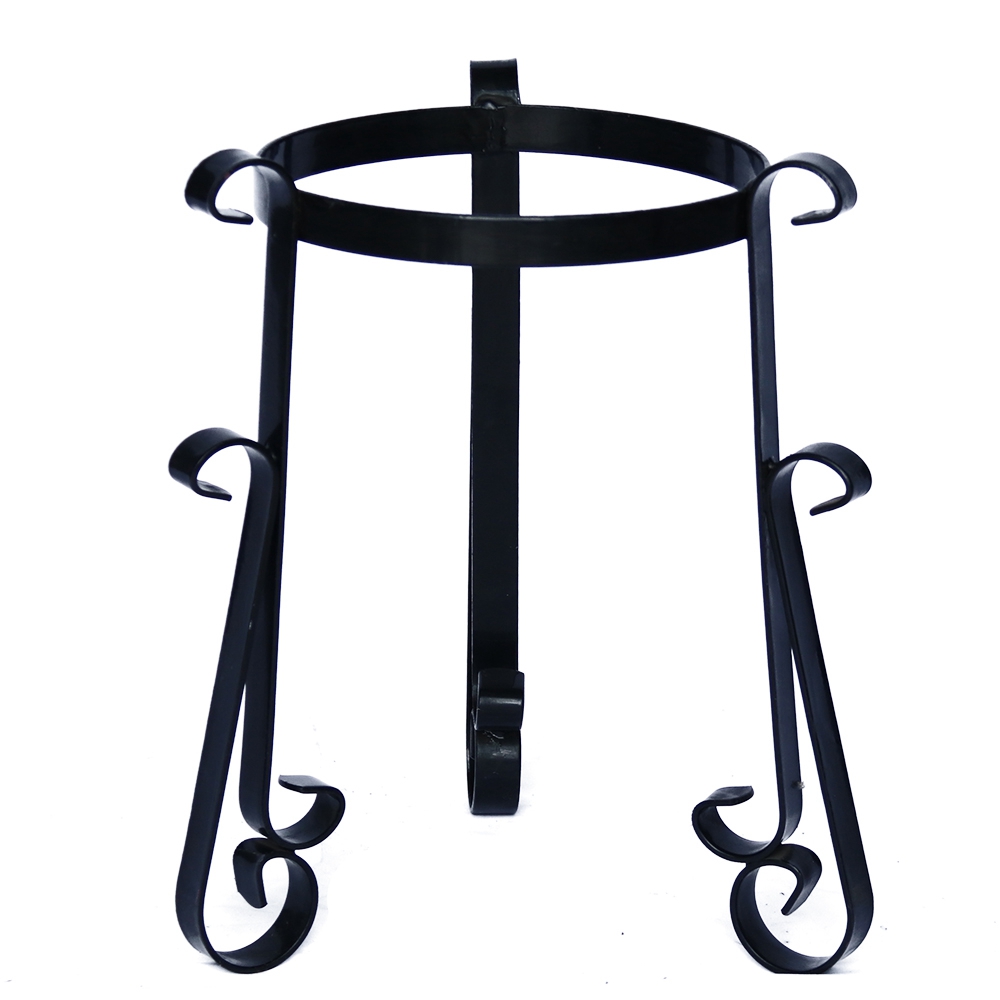Durable Roofing Solutions with Shingle Nails for Lasting Protection and Aesthetic Appeal
Nov . 19, 2024 06:40
The Versatility and Benefits of Shingle Nails
When it comes to construction and roofing, the materials and tools used can make a significant difference in the quality and durability of a project. Among these, shingle nails are often overlooked yet play a crucial role in securing roof shingles effectively. Understanding the importance of shingle nails and their benefits can help homeowners and builders make informed decisions for their roofing projects.
Shingle nails are specifically designed for roofing applications, particularly for securing asphalt, wood, and fiberglass shingles. These nails are typically made from galvanized steel or other corrosion-resistant materials to withstand the harsh elements of weather, such as rain, snow, and UV rays. The most common length for shingle nails ranges from 1 to 2 inches, allowing for flexibility based on the thickness of the shingles being used.
One of the primary benefits of using shingle nails is their ability to provide a strong, secure hold. The shape and design of these nails, often featuring a wide head, help ensure that the shingles are tightly fastened to the roof deck. This tight fastening is essential for preventing wind uplift, which can be especially problematic in areas that experience high winds. By using shingle nails, builders can significantly reduce the risk of shingles being blown off during storms.
Moreover, the use of galvanized nails helps prevent rust and corrosion, extending the lifespan of the roofing system. When non-galvanized nails are used, they can deteriorate over time, leading to leaks and other roofing issues. Investing in quality shingle nails is an essential step in ensuring the longevity of the roof, which is a significant factor for homeowners looking to protect their investment.
shingle nails

Another advantage of shingle nails is their ease of installation. Many builders prefer using pneumatic nail guns to quickly and efficiently drive in the nails. This not only speeds up the installation process but also ensures consistent placement and depth, minimizing the risk of improper fastening that can lead to problems later on. Furthermore, correct nail placement is crucial; they should be driven in according to the manufacturer’s guidelines to avoid damaging the shingles and compromising their waterproofing features.
Shingle nails also offer a cost-effective solution for roofing projects. While it may be tempting to cut corners with cheaper alternatives, investing in quality shingle nails can save money in the long run. Properly installed roofing using appropriate materials can lead to fewer repairs and replacements, ultimately reducing overall maintenance costs.
In addition to their practical benefits, shingle nails contribute to the overall aesthetics of a roofing project. When shingles are properly installed, they create a uniform and polished look that enhances the curb appeal of a home. This is particularly important for homeowners looking to maintain or increase their property value.
In conclusion, shingle nails may be small components in the grand scheme of roofing, but their significance cannot be overstated. They provide secure fastening, resist corrosion, facilitate efficient installation, and contribute to a visually appealing finish. For anyone undertaking a roofing project, prioritizing the right materials, including quality shingle nails, is essential for achieving a durable and beautiful roof that will stand the test of time.




















